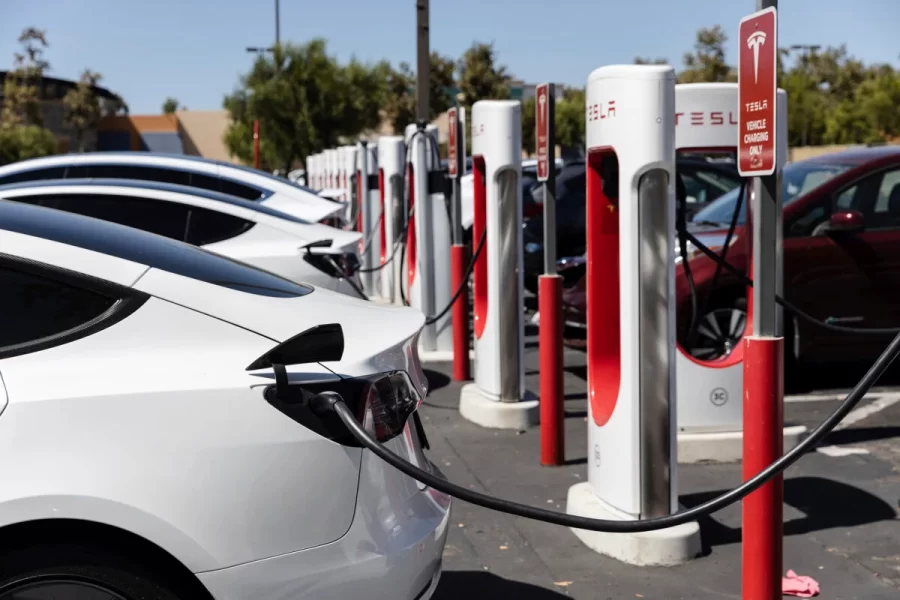With cases of COVID-19 reaching a devastating peak, the race for a vaccine continued throughout the final months of 2020. Pharmaceutical companies Pfizer and Moderna were on the frontlines of the race for a vaccine, and both were successful. Both vaccines passed their clinical trials and have yielded positive results following their public distribution. Because Moderna’s vaccine will be widely distributed within the next year in the United States, it is important to discuss how the vaccine itself works and the next steps in the vaccination process.
Similar to Pfizer’s, the Moderna vaccine is an mRNA vaccine. It is administered through the upper arm. The vaccine gives instructions to our cells to make the spike protein that is found on a COVID-19 cell. The body recognizes that these proteins do not belong in our bodies’ cells, and an immune response begins. The body identifies this spike protein as a threat and stores the information needed to break down the spike protein when encountered in the future. This is how our body can identify a COVID-19 cell and create an immune response when found in the body in the future, which is remarkable.
There are two doses given to recipients, which are administered 29 days apart. The first shot helps the body recognize the spike protein and the virus, and the second shot strengthens the body’s immune response. Side effects commonly seen after vaccination are fatigue, headaches, and muscle pain.
The distribution of the Moderna vaccine has been heavily debated, specifically concerning groups that are prioritized. The Moderna vaccine began distribution in early December, following a detailed distribution planning process. The Moderna vaccine must be stored at -4º Fahrenheit when reaching its distribution centers. It can be used for up to 30 days when kept at standard fridge temperature, and 12 hours when stored at room temperature. These vaccines are being delivered to hospitals and pharmacies, places were administering the vaccine is safest. Health care workers and those in long-term healthcare facilities are prioritized for vaccination, but the discussion continues as additional groups can be added to the list.








